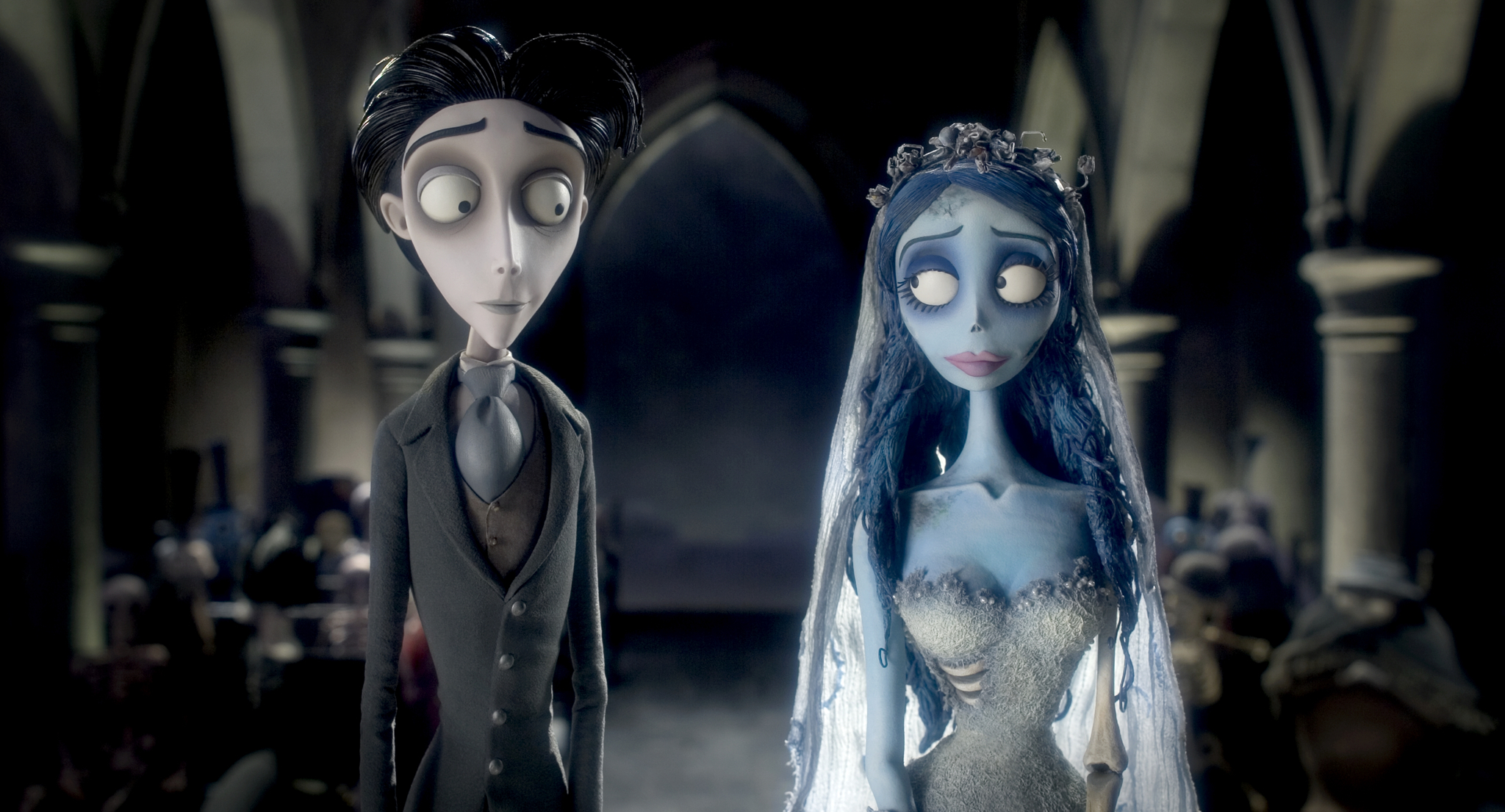Category: Distributor: Warner Brothers
-
Every Which Way but Loose. Dir. James Fargo. Warner Bros. 1978.
James Fargo’s 1978 film Every Which Way but Loose follows Clint Eastwood’s character Philo Beddo and his orangutan companion Clyde in their search for love. The audience’s expectations of human-animal relationships depicting docile animals who are human playthings are immediately subverted by Philo’s interactions with Clyde, the orangutan. Clyde throughout the film is given a freedom not…
-
Godzilla: King of the Monsters. Dir. Michael Dougherty. Warner Bros. Pictures. 2019.
“Good thing he’s on our side” … “For now” How do we define the term ‘Monster’? Or perhaps, how should we define it? Is there ever a possibility that the monster we feared can end up being the hero we never knew we needed? This is the question posed within Michael Dougherty’s 2019 Action film…
-
Storks. Dir. Doug Sweetland, Nicolas Stoller. Warner Bros.Pictures. 2016.
Anthropomorphism and stereotypes are often utilized in children’s animation since they cater to a broad audience. The film Storks uses anthropomorphic animals in order to create vivid and lively characters with human characteristics whom the audience can relate to. Moreover, integrating well-known stereotypes in the storyline can evoke empathy or disdain for real animals, such…
-
The Watchmen. Dir. Zach Snyder. Warner Bros. 2009.
What can dogs tell us about criminality? With regards to Zach Snyder’s Watchmen, the answer is ‘quite a lot.’ Dogs are used within the film to align the binaries of legality and criminality with humanity and animality. There is a particular focus on the possibilities of transgression, as both the anti-hero and the villain commit…
-
It: Chapter Two. Dir. Andy Muschietti. Warner Brothers. 2019
Following this scene, we see the characters of Richie (Bill Hader) and Eddie (James Ransone) petrified by Pennywise, a shape-shifting creature known as a Glamour, following them; they open a door and are greeted by a cute Pomeranian dog, creating an air of bathos. Here, we have a conflict of genres as the primary classification…


